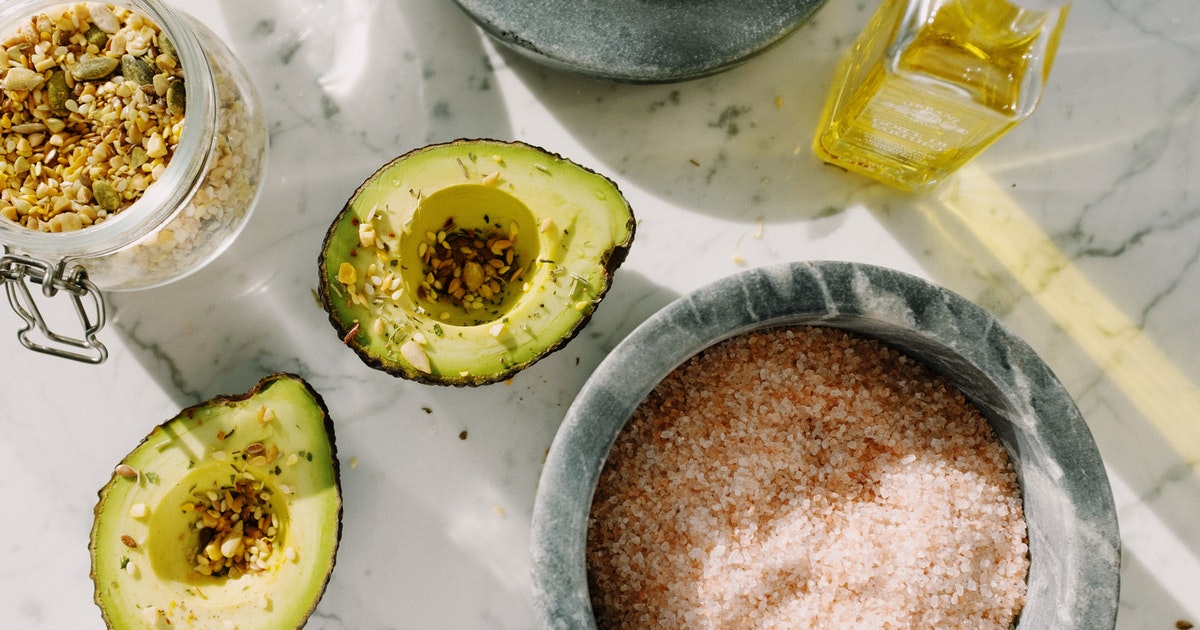- 2.5Impact Factor
- 5.5CiteScore
- 20 daysTime to First Decision
Advanced Thermal Analysis and Techniques in High-Fat Food Products
This special issue belongs to the section “Food Science and Technology“.
Special Issue Information
Dear Colleagues,
The quality of fat in food products determines its suitability for consumption. Fat is a food component that goes rancid relatively quickly, mainly to its sensitivity to high temperature, high humidity and light radiation. High-fat food products include a wide range of varied products, such as chocolate or canned meat. A very important aspect in food analysis is the study of fats in products using thermal techniques. Using these techniques, it is possible to research not only the fat itself but also the products that contain it. Thermal techniques are dynamically developing research methods, including DSC, PDSC, DTMA, TGA and many others. A Special Issue of Advanced Thermal Analysis and Techniques in High-Fat Food Products is dedicated to these techniques. Suggested research problems include but are not limited to the following topics:
- Thermophysical and thermochemical parameters of edible fats and oils (Cp; DH; tz);
- Indication of time of lipids oxidation by PDSC method (isothermal conditions);
- Evaluation of antioxidants added to lipids;
- Identification and indication of lipids adulteration;
- Polymorphism and modification of lipids;
- Ignition temperature of heated lipids (PDSC method);
- Thermogravimetric analysis of high-fat food products;
- Heat capacity.
Prof. Dr. Ewa Ostrowska-Ligȩza
Guest Editor
Manuscript Submission Information
Manuscripts should be submitted online at www.mdpi.com by registering and logging in to this website. Once you are registered, click here to go to the submission form. Manuscripts can be submitted until the deadline. All submissions that pass pre-check are peer-reviewed. Accepted papers will be published continuously in the journal (as soon as accepted) and will be listed together on the special issue website. Research articles, review articles as well as short communications are invited. For planned papers, a title and short abstract (about 250 words) can be sent to the Editorial Office for assessment.
Submitted manuscripts should not have been published previously, nor be under consideration for publication elsewhere (except conference proceedings papers). All manuscripts are thoroughly refereed through a single-blind peer-review process. A guide for authors and other relevant information for submission of manuscripts is available on the Instructions for Authors page. Applied Sciences is an international peer-reviewed open access semimonthly journal published by MDPI.
Please visit the Instructions for Authors page before submitting a manuscript. The Article Processing Charge (APC) for publication in this open access journal is 2400 CHF (Swiss Francs). Submitted papers should be well formatted and use good English. Authors may use MDPI's English editing service prior to publication or during author revisions.

Benefits of Publishing in a Special Issue
- Ease of navigation: Grouping papers by topic helps scholars navigate broad scope journals more efficiently.
- Greater discoverability: Special Issues support the reach and impact of scientific research. Articles in Special Issues are more discoverable and cited more frequently.
- Expansion of research network: Special Issues facilitate connections among authors, fostering scientific collaborations.
- External promotion: Articles in Special Issues are often promoted through the journal's social media, increasing their visibility.
- e-Book format: Special Issues with more than 10 articles can be published as dedicated e-books, ensuring wide and rapid dissemination.

